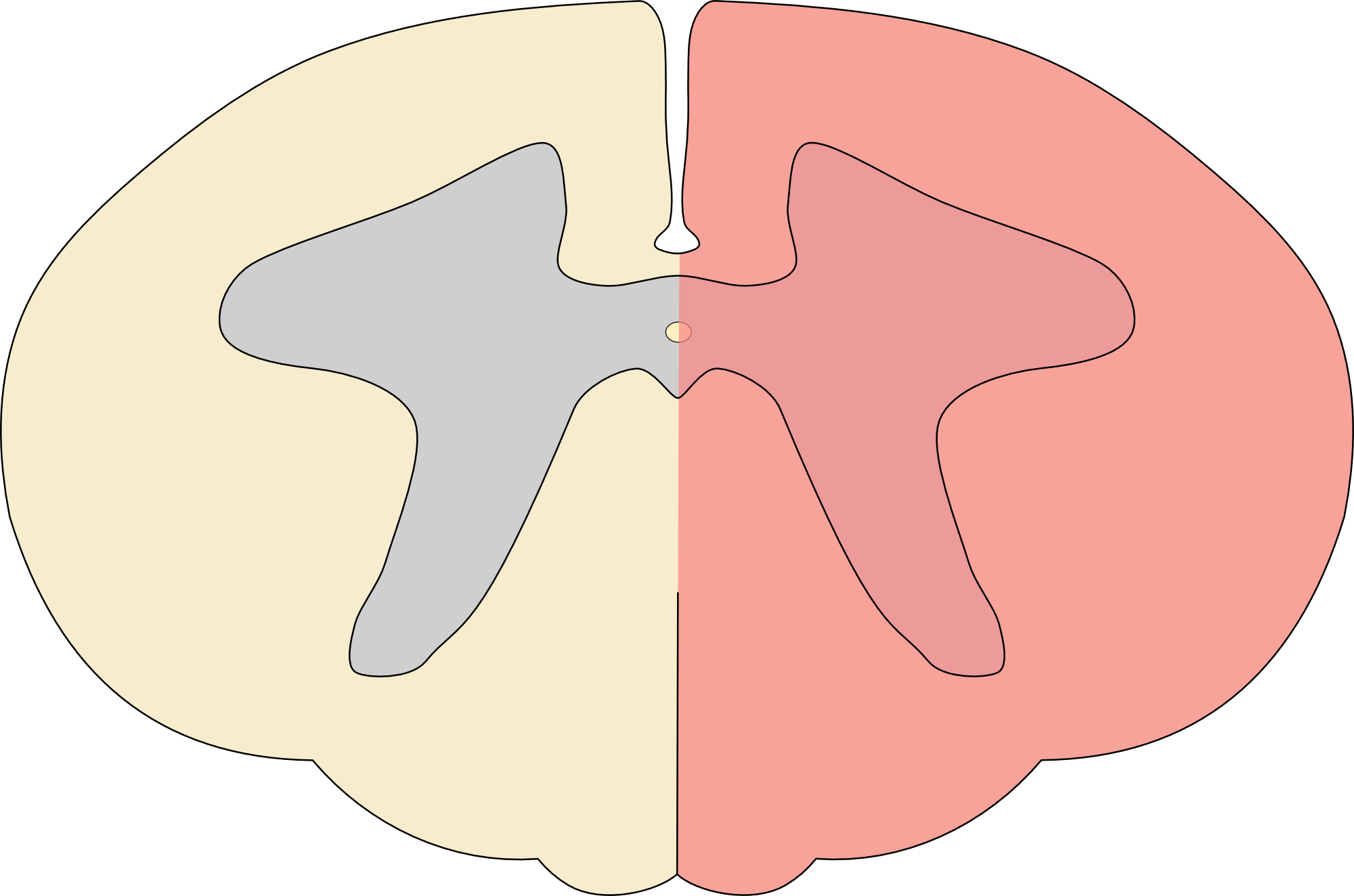Spinal cord hemisection (Brown-Séquard syndrome)

Causes
- Trauma (most often penetrating)
- Epidural hematoma
- Subdural hematoma
- Ischemia
- Herniated disc
- Spinal cord herniation
- Hematomyelia
- Arachnoiditis
- Tumor (metastatic or primary)
- Multiple sclerosis
- Other inflammatory and infectious causes
Clinical presentation
- Ipsilateral loss of proprioception and vibration sensation.
- Contralateral loss of pain and temperature sensation that is one or two levels lower than the hemisection
- Ipsilateral weakness and spasticity with Babinski sign caudal to the level of the hemisection
- Segmental LMN signs (flaccid weakness and muscle atrophy) at the hemisection level
- Ipsilateral loss of sweating caudal to hemisection level
- Horner syndrome if the lesion is cervical
- Ipsilateral hemidiaphragmatic paralysis if the lesion is high cervical (above C4)